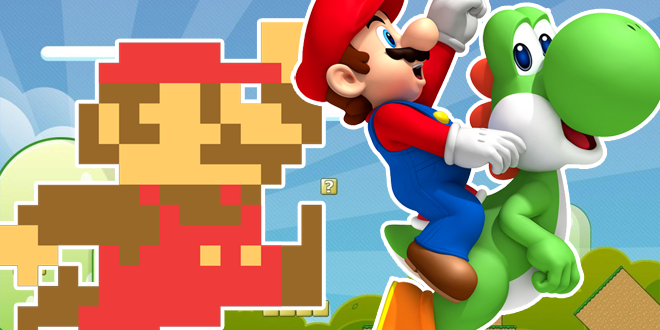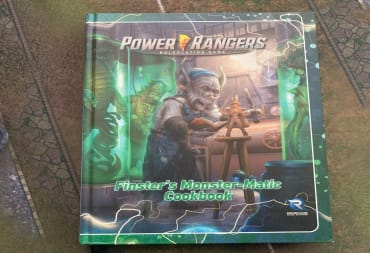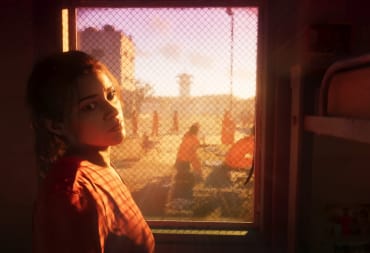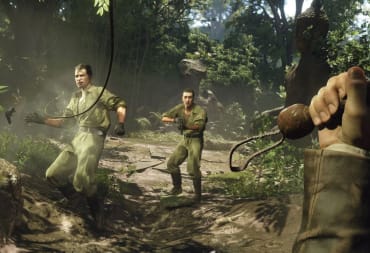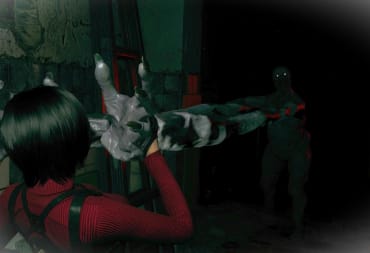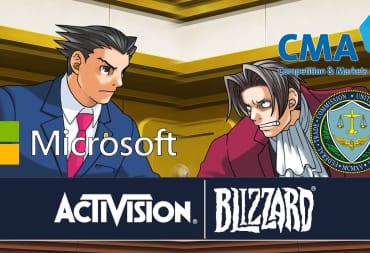When you think about video games in the grand context of the universe, they haven't been around too long. Even in terms of the technological age, video games remain a fairly recent concept, and likely one of the fastest growing mediums of storytelling and technological advances ever, second only to the Internet. It's amazing how much gaming has grown in the span of a short lifetime, and one of the few characters who has been there consistently is Mario.
Now games have grown up quite a bit since the first Nintendo Entertainment System, but some things don't change. Mario is an interesting look into how gaming has changed across the generations, and how it's stayed the same. Especially in regards to younger players, Mario and other Nintendo franchises are so often our first introduction to gaming. Mario games, from Donkey Kong to NEW Super Mario Wii U (after Nintendo apparently adopted the Street Fighter method of naming games) are simple and fun, yet challenging enough to keep us drawn in.
Now the major criticism people have over Mario games, and Nintendo titles in general, tends to be "They just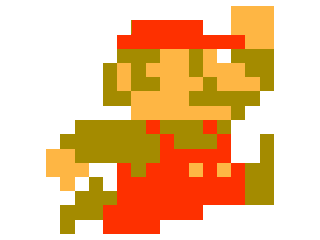
make the same stuff". Which is true. Nintendo does tend to fall back on Mario a lot. Granted, Mario and his friends have several different franchises now, not only the main Mario title, but Paper Mario, Mario Party, Mario Kart, and several spin off titles. Usually, Nintendo thrives on innovation, especially when it comes to their consoles. So why does it seem like their games fall back on the same thing? While a lot of this is just the basic industry over-reliance on pre-existing intellectual property, consider what Mario is in the context of gaming.
Sequels to most games are made for the current fans. It can build more of a following of course as the franchise expands, but it tends to build more on that fan base. Mario is a little different. While Nintendo would never dare forget its older fans, and often include things in games specifically as a throwback to trigger the nostalgia of old timers, every new Mario game isn't made only for them. In fact, they may not even be the primary audience. The Mario franchise is so old, but so beloved, new games are truly family games. That is to say they're games made for adult fans to share with the new generation.
With lifetime gamers finally becoming adults and making families, we tend to forget that a large part of gaming was for kids. That doesn't mean the hobby was ever childish, it just so happens to be something kids can enjoy and benefit from. So while the industry has grown with us, Mario has remained the go to for brand new gamers to pick up. It's a great choice when you think about it: the story is familiar to people but inventive enough to be interesting, the mechanics are easy to understand and the difficulty curve not too intimidating, and it covers a lot of the bases of other games. Maneuvering a level, solving puzzles, finding secrets, boss battles—all staples of the video game industry, fit into a neat package easy enough for fairly young kids to pick up and learn. And since the character is familiar, it makes it that much easier for the older gamers in their life to get into it with them. Mario is such a well-known character, even far older adults still know who he is, or have at some point heard about him. 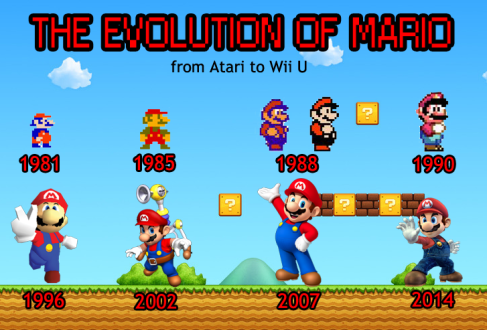
So with every new Mario game, it isn't necessarily that Nintendo has run out of ideas (though, maybe that's part of it). They've simply remembered why Mario was popular to begin with—he introduced an entire generation to the world of gaming. And every year there are thousands more kids reaching the age where they can pick up the controller and play. Mario essentially represents the growth of video games. You can see it even in his design, from the simplest pixel design on the Atari 2600 to the detailed and dynamic look on the Wii U. From the first time you opened up a Nintendo Entertainment System on Christmas, to watching your kids do the same opening up a Wii.
It is important for the gaming industry to have properties like these—ones which don't necessarily grow with their base, but keep trying to appeal to new generations. Mario is a bit like the Santa Claus of gaming—every year he stays roughly the same, uses the same methods, just increasing the quality of his toys to keep up with an everchanging world. As a kid you adore him, but slowly you grow out of it. Then one day, you're all grown up, and have kids of your own. Suddenly all that child-like joy comes rushing back when you see your kids on Christmas morning, only 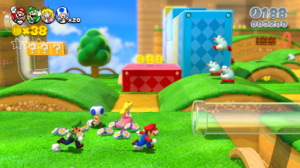 now you have added responsibility—you're the one who has to instill that love and wonder, and it adds a certain level of happiness to it.
now you have added responsibility—you're the one who has to instill that love and wonder, and it adds a certain level of happiness to it.
And it's this ability to share something you loved as a kid with your own offspring that is, in the end, what will keep gaming alive. Everything in society that lasts, lasts because it is truly timeless. Something that remains impressive to every new generation. Mario is that timeless game that always makes a good first impression, no matter how the culture may change or how kids change what they want out of their entertainment.
Have a tip, or want to point out something we missed? Leave a Comment or e-mail us at tips@techraptor.net
